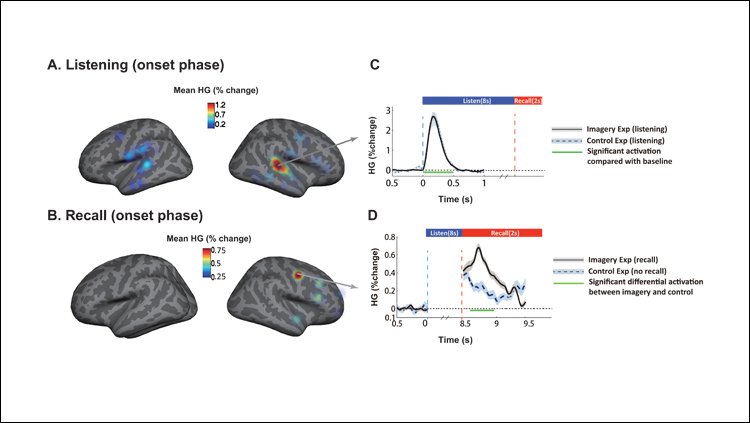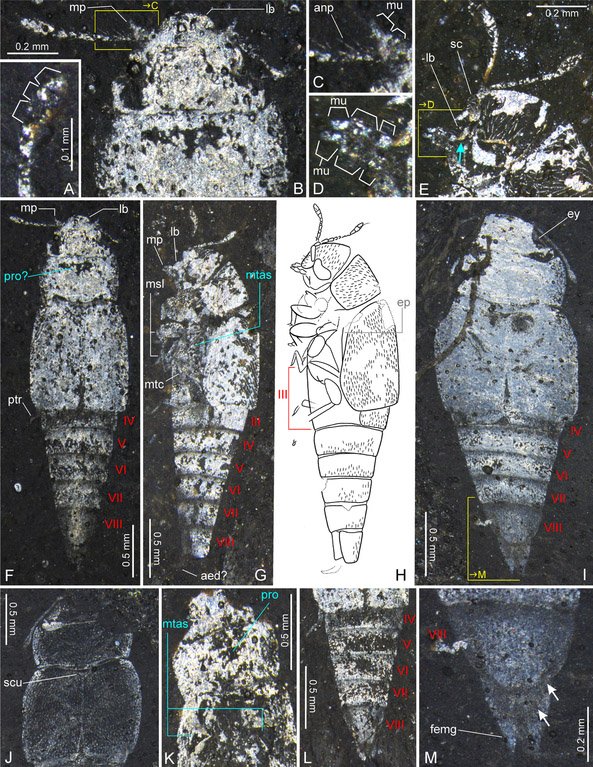Rocks at asteroid impact site record first day of dinosaur extinction
When the asteroid that wiped out the dinosaurs slammed into the planet, the impact set wildfires, triggered tsunamis and blasted so much sulfur into the atmosphere that it blocked the sun, which caused the global cooling that ultimately doomed the dinos. That’s the scenario scientists have hypothesized. Now, a new study led by The University … Read more









